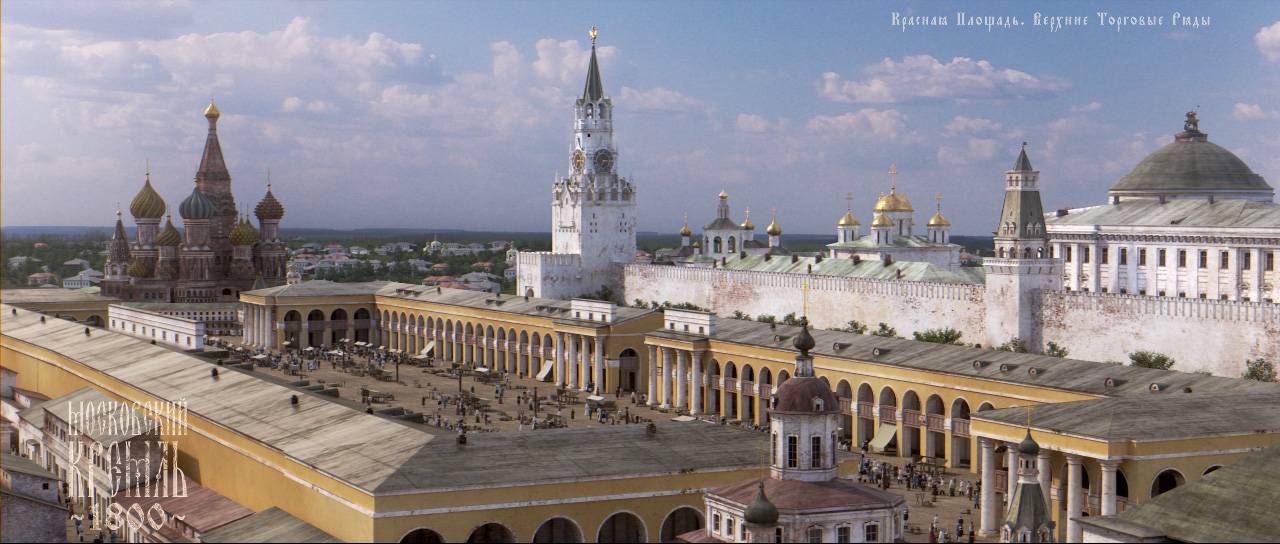Now is a next part about the campaign in
Mecklenburg in 1719 (link). The location of the Mecklenburg troops in the end of February
of 1719 was the following:
- Leibregiment zu Pferde took
posts at Hannover frontier
- Russian foot regiments Tilly
& Valinsky were at Crivitz & Hagenaw
- Domitz – 2 coys of Kahlden &
Landmiliz battalion Buggenhagen
- To the north from Domitz -
Zulow Foot (4 coys), Lilienstreng Dragoons & field artillery under
overst Vick
- Schwerin - 3 coys of Kahlden
- Butzow - Landmiliz battalion Kohlans
(4 coys)
- Rostock - Flohr & Kraft Foot
(each of 10 coys) & Vietinghoff Dragoons.
Hanoverians under General of cavalry Cuno Josua
von Bulow (link) crossed Elba on 25 of February on the ice. On 3rd of March they came
to Hagenaw & then turned north to cut Mecklenburg troops in the western
part of Mecklenburg from Schwerin fortress. On 5th of March de Lauer
Foot took Walsmuhlen on the right bank of the river Sude between Wittenburg
& Schwerin. Wendt Dragoons were at Parum on the road between Wittenburg
& Walsmuhlen. A company of captain Schulenburg from Belling Foot took a
bridge at Rodemuhlen to the south from Walsmuhlen. Bulow’s head-quarter was at
Gammelin. Schlutter & St. Laurent Cavalry were between Wittenburg &
Rodemuhlen.
Meanwhile Mecklenburg general-major Curt
Christoph von Schwerin gathered his troops at Wittenburg (Tilly & Valinsky
Foot, Buggenhagen Landmiliz, 2 coys of Kahlden, Leibregiment zu Pferde, Lilienstreng
Dragoons). He got an order from Hertzog Carl Leopold not to open the fire &
show the resistance only in a case of a direct Hanoverian attack. In the
evening of 5th of March Schwerin decided to march to Schwerin. Soon Mecklenburg
troops arrived in Parum, where Wendt Dragoons stayed. The most of the regiment
escaped but some officers were captured. Schwerin soon ordered to release them.
He wrote in his relation that he could easily destroy & capture the whole
Wendt’s regiment, but he had the order from his duke to avoid any hostilities
with Hanoverians.
 |
| List of Hanoverian losses at Walsmuhlen (source: Sichart's Geschichte... B. 2) |
Then Mecklenburg troops continued its night
march to Walsmuhlen. The Tilly’s regiment (Russian Jaroslaw Foot) was in
vanguard. When it came to Walsmuhlen, it realized that the bridge was broken
& de Lauer Foot took positions on the other bank of Sude river. Schwerin
wrote that Hanoverians first opened the fire & killed one NCO & 4
soldiers of Tilly’s regiment. He decided to attack the enemy to open the road
to Schwerin fortress. Russian grenadiers crossed the river on the ice under
cover of two regimental pieces. Their attack was successful, de Lauer regiment
lost about 120 men (incl. colonel, lieutenant-colonel & major – see details
at the left) & 2 colours. Its remnants retreated to Rodemuhlen. Russians lost one
captain & 25 other ranks killed. Number of wounded is unknown. But later 15
wounded soldiers died.
Mecklenburg troops quickly repaired the bridge
& started the crossing. First was infantry, then Leibregiment zu Pferde,
then a train. Lilienstreng Dragoon covered the march. When Leibregiment crossed
the bridge, it was attacked by Wendt Dragoons. Colonel Welling company suffered
the most, some troopers were captured. Schwerin himself led the counter-attack
& repelled Hanoverians.
Meanwhile Bulow with 4 squadrons (Schlutter &
St. Laurent Cavalry) marched to Rodemuhlen, where he met Wendt Dragoons. Then
they crossed Sude river & marched north to Walsmuhlen. By that moment Mecklenburg
troops had completed the crossing & took positions in the field to S-E from
Walsmuhlen. Hanoverian attack was repelled by Valinsky Foot’s fire. It shoot 5
valleys, incl. 2 of case-shot. Two Valinsky’s regimental pieces also made 10
shots. Then Hanoverian cavalry had a charge with Lilienstreng Dragoon & Leibregiment
& heavily suffered them. Bulow decided not to repeat an attack of
Mecklenburg infantry & retreated to the south. Mecklenburg troops continued
their march to Schwerin & arrived there the same day.
Hanoverian losses in the actions at Walsmuhlen
were about 220-230 killed & wounded & 2 colours. Mecklenburg troops
lost about 100 men, half of them were Russians. Evidently there were also some
minor skirmishes in Sude river area, because losses of Hanoverian Bulow Cavalry
& Belling Foot & Mecklenburg Zulow Foot are mentioned, but they didn’t
participate in the actions at Walsmuhlen.
P.S. Many thanks to Oleg Sholin for his assistance in the preparation of the post.
Бой при Вальсмухлене, 22 февраля/6 марта 1719
Продолжу о кампании в Мекленбурге
в феврале-марте 1719 г. (ссылка) В конце февраля дислокация мекленбуржских войск была следующая:
- Вдаль ганноверской границы посты занял Leibregiment zu Pferde












 Very interesting project presenting a reconstructed view of Moscow Kremlin around 1800. Dedicated to the fans of the Napoleonic era :).
Very interesting project presenting a reconstructed view of Moscow Kremlin around 1800. Dedicated to the fans of the Napoleonic era :).